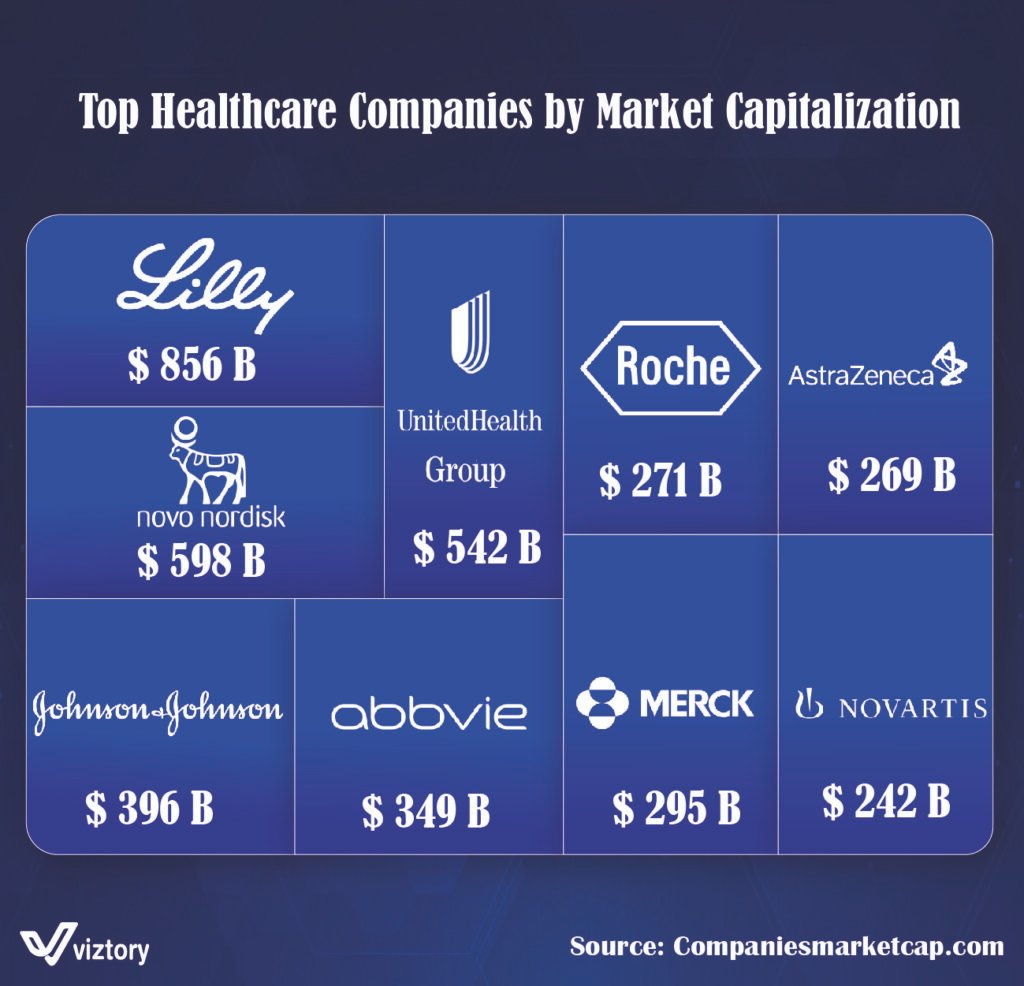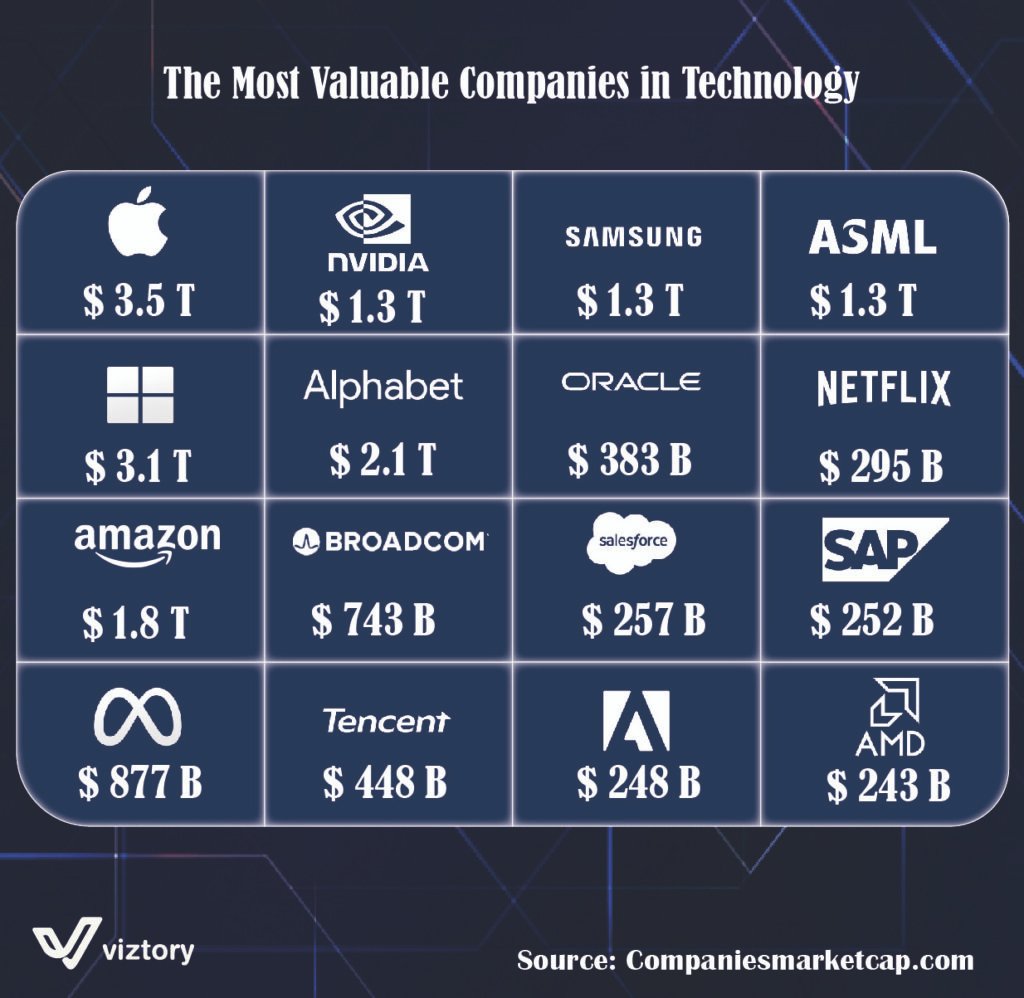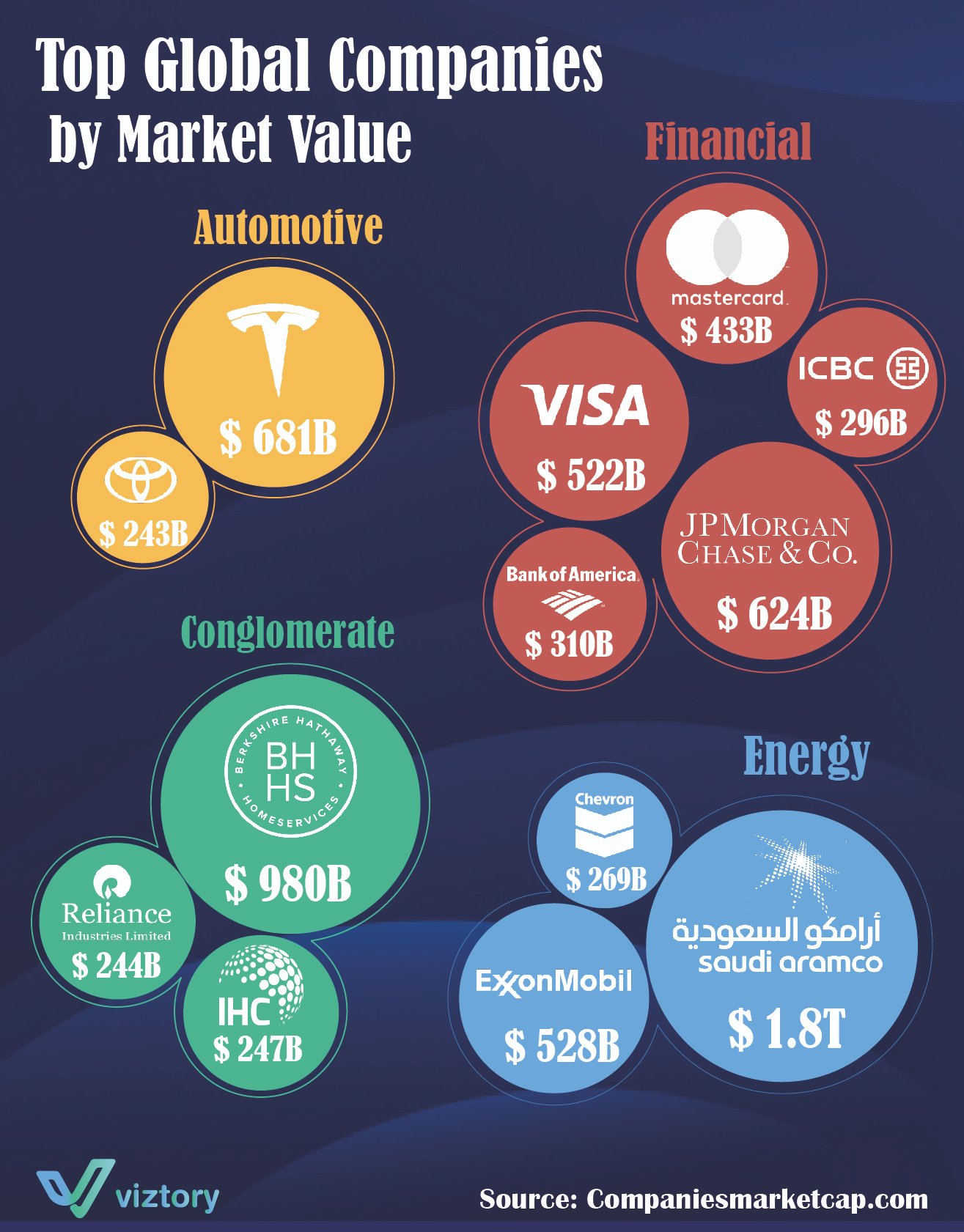Marketing Strategies of Market Giants: How the World’s Largest Companies Promote and Maintain Their Leadership
-
Sep, Thu, 2024
The Role of Market Leaders in Marketing
Companies that dominate market capitalization in their sectors wield significant influence. The largest firms typically enjoy economies of scale, robust R&D budgets, and a deep trust from consumers, which enhances their brand strength. These elements are critical in both traditional and digital marketing efforts.

Healthcare Companies and Marketing Strategies
Companies such as Eli Lilly, Novo Nordisk, and Johnson & Johnson dominate the healthcare industry. The healthcare sector faces strict regulatory frameworks, but these giants leverage their influence to craft marketing campaigns that emphasize trust, innovation, and patient well-being. In this field, educational content marketing, patient engagement programs, and partnerships with healthcare providers are all essential.
For instance, Novo Nordisk, with its market cap of $598B, is known for its pioneering diabetes treatments. Their marketing approach focuses on patient education, promoting their expertise in combating diabetes, which resonates deeply with their target audience.

Tech Giants: Innovation-Driven Marketing
In the technology sector, companies like Apple, NVIDIA, and Microsoft command high market values, driven by their cutting-edge innovation. Marketing for tech companies relies heavily on showcasing innovation, efficiency, and user-centric designs.
Apple, with a market cap of $3.5T, excels in creating emotional connections with consumers through simple yet powerful marketing. Their “Think Different” campaign exemplifies how tech companies inspire consumers by positioning their products as revolutionary tools for creativity and progress. Similarly, NVIDIA, a leader in graphics processing units (GPUs), emphasizes its role in gaming, AI, and professional visualization, tailoring its marketing to tech-savvy audiences.
Financial Sector: Trust and Reliability in Marketing
The financial sector, represented by companies like Visa, JPMorgan Chase, and Mastercard, places a premium on trust and reliability. Marketing in this sector often emphasizes security, speed, and accessibility of financial services. For instance, Visa’s campaigns focus on enabling global commerce and seamless transactions, leveraging its massive $522B market cap to build confidence among customers.
These companies use strategic marketing efforts that center on secure and instant transactions, appealing to both consumers and businesses alike. Financial services companies often utilize digital platforms, social media, and influencer marketing to highlight the benefits of using their services in today’s digital economy.

Energy and Consumer Goods: A Global Reach
Companies like Saudi Aramco, valued at $1.8T, and ExxonMobil at $528B, are key players in the energy sector. Their marketing strategies focus on sustainability, innovation in energy solutions, and corporate social responsibility. Consumers and businesses are becoming increasingly environmentally conscious, and marketing strategies that highlight green initiatives help these companies maintain a positive brand image while expanding their global reach.
In the consumer goods sector, companies like Walmart, Procter & Gamble, and Nestlé leverage their market positions through omnichannel marketing approaches. They integrate physical retail presence with e-commerce platforms, building loyalty programs, and creating personalized shopping experiences that reflect the growing trend of consumer personalization.
Market Leadership and Marketing Integration
Market leaders across all sectors use their extensive resources not only to dominate their respective industries but also to craft more impactful marketing campaigns. These companies are trendsetters, leveraging technology, sustainability, and innovation to remain relevant and enhance their brand visibility globally.
- Brand Trust: Being a market leader enhances brand credibility. This trust is leveraged in marketing campaigns to attract new customers and retain existing ones.
- Influence and Reach: Larger companies can afford to run global marketing campaigns, establishing their brand presence in multiple countries and cultures.
- Sustainability Marketing: In today’s world, companies are expected to incorporate sustainability into their business models. Giants like Tesla and Chevron use marketing campaigns to highlight how they contribute to greener, more sustainable futures.
In conclusion, the companies depicted in the images represent some of the most powerful market players, and their strategies for marketing are as massive as their market valuations. By emphasizing innovation, sustainability, trust, and customer-centricity, these companies not only maintain their leadership but also continue to grow, setting trends in both their industries and marketing practices.

